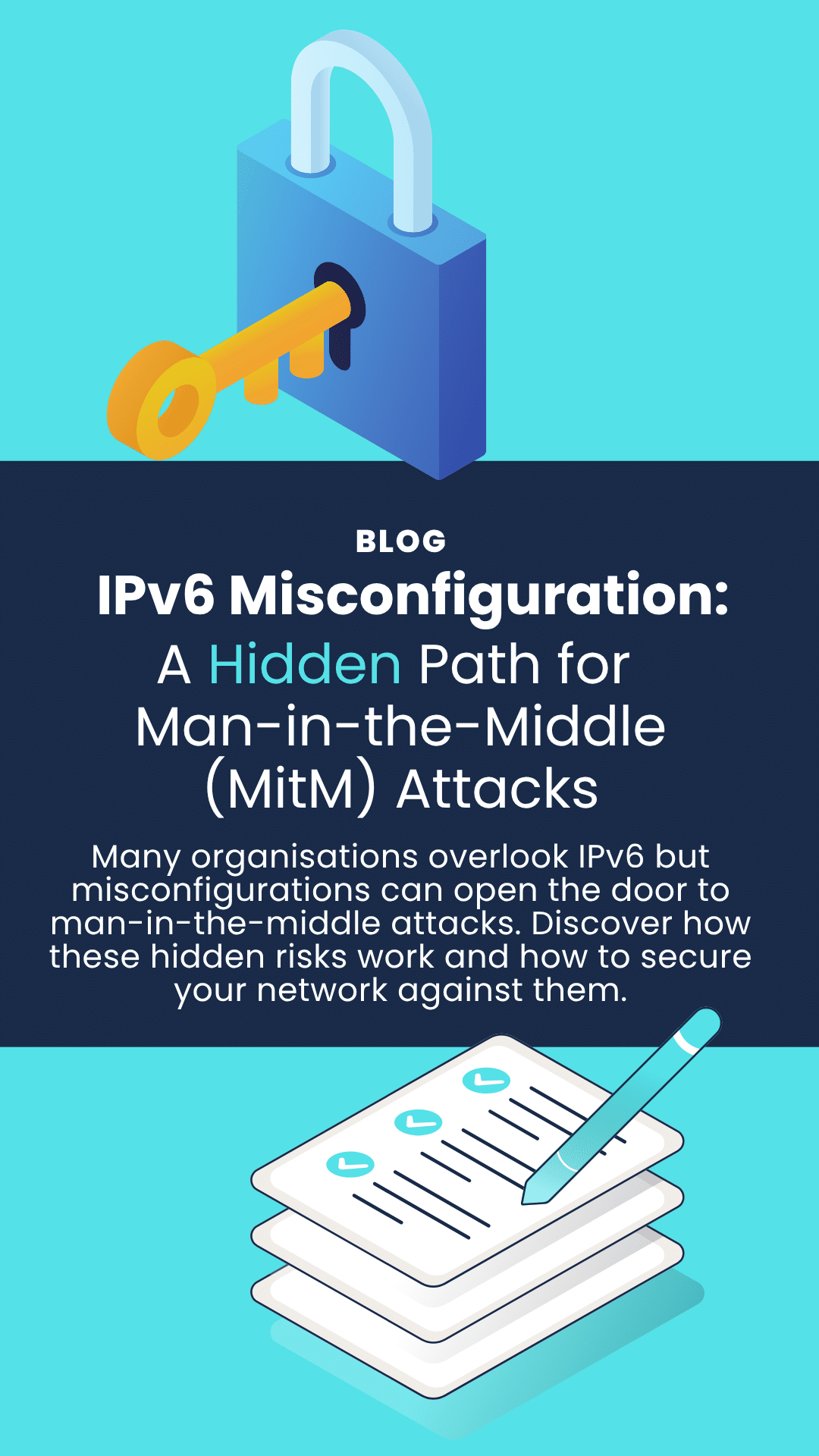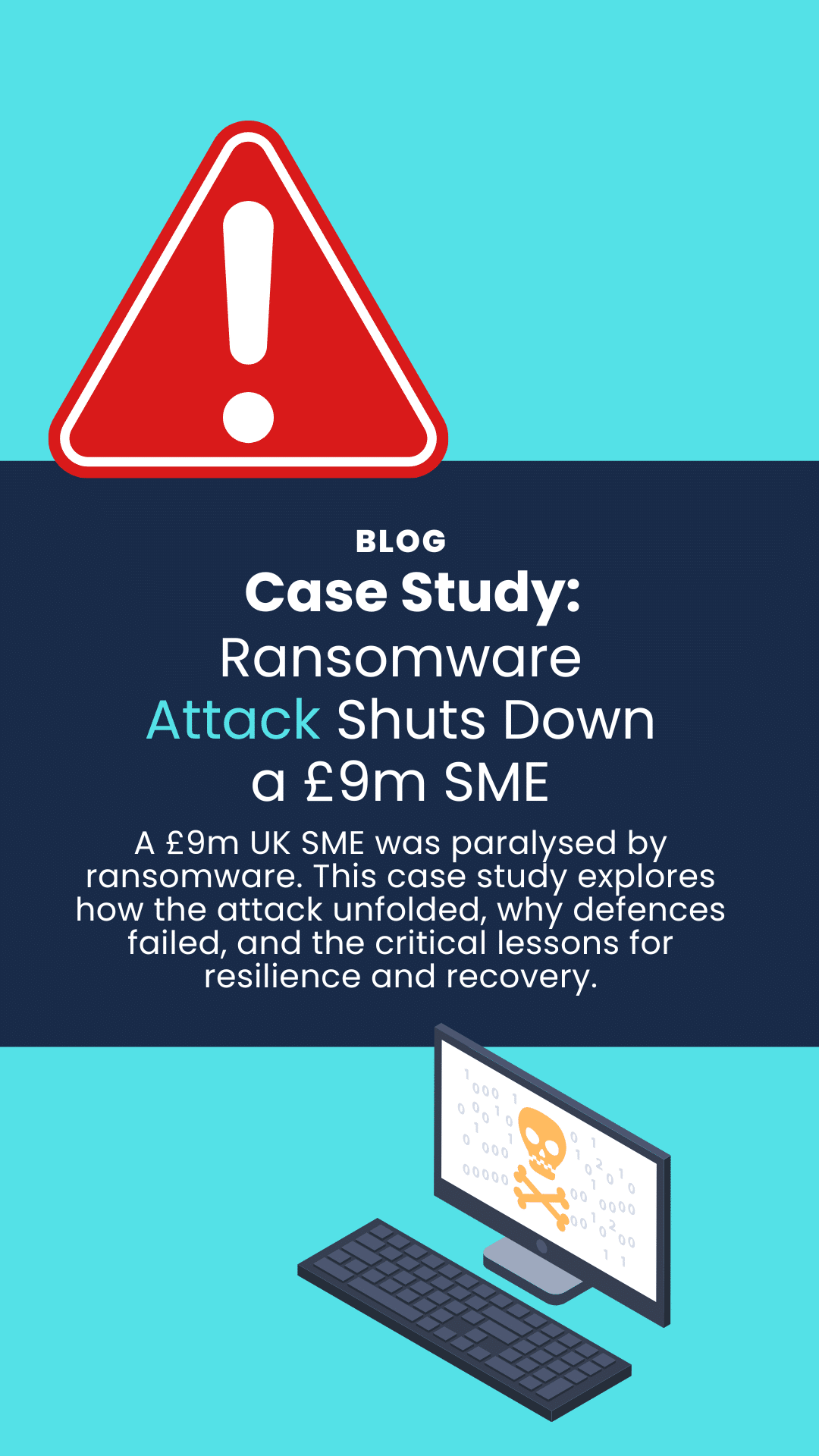Retail has become one of 2025’s biggest cyber targets. From The North Face to Dior and Cartier, major brands have faced breaches that sent shockwaves across the sector. These aren’t one-off incidents. They reveal just how exposed retail really is.
A breach doesn’t just hit IT systems. It damages trust, drives customers away, and takes years to repair. And with tighter budgets and smaller teams, many retailers are struggling to keep up.
So how do you stay secure when the odds are stacked against you? PCI compliance is your foundation, but in today’s threat landscape, it’s not enough on its own.
This blog explores how retailers can build smarter, layered defences to stay resilient against modern attacks.
PCI Card Compliance Explained: Why It’s Essential for Retailers
PCI DSS isn’t optional. If your business handles card payments, you must meet its twelve core requirements, from encrypting cardholder data to monitoring and testing your networks. Its goal is simple: reduce the risk of card fraud, one of the most profitable routes for cyber criminals.
These controls, such as access management, network segmentation, and regular penetration testing, form the backbone of any strong defence. But as you already know, compliance doesn’t always mean security.
PCI DSS Compliance focuses narrowly on protecting cardholder data environments, yet attackers target far more. Phishing, credential stuffing, and supply chain breaches often sit outside its scope.
That’s why a broader strategy is vital. Think of PCI as your foundation: essential, but not enough on its own. You can read part 1 and part 2 of our in-depth blogs about PCI compliance requirements.
The Cyber Attacks on Major UK Retailers Explained
Large and Growing Cyber Attacks on Retailers
The retail ecosystem is vast, and every layer creates potential entry points for attackers:
- E-commerce platforms with multiple integrations and APIs.
- Point-of-sale (POS) systems and other in-store devices.
- Third-party suppliers and logistics partners with mixed security standards.
- Legacy systems that struggle to keep up with modern defences.
This complexity is exactly what cyber criminals look for. The 2025 Ripple Threat Report from Pure Cyber highlights how attackers exploited these weak points in the UK retail sector:
- M&S was compromised through help desk social engineering, followed by credential theft and ransomware on ESXi servers.
- Harrods suffered phishing-led access that deployed malware against POS systems.
- Co-op faced stolen VPN credentials that led to ransomware and the exposure of customer and employee data.
In a sector where speed is everything, security gaps are inevitable and attackers know it.
Identity Is the New Front Door
IBM X-Force reported an 84% rise in infostealers delivered via phishing, with identity-based attacks now accounting for nearly 30% of intrusions. For retailers, this means constant pressure on both customer logins and staff accounts, particularly as password reuse and poorly secured APIs give attackers easy openings.
Threat Modelling Tool: Focus Where It Hurts Most
You can’t protect everything equally. Budgets are tight, teams are stretched, and the retail attack surface grows daily. A one-size-fits-all approach only spreads defences too thin.
Threat modelling changes that. It’s not a checklist, but a strategy to focus on what truly matters. It’s a mindset that enables Cyber Security leaders to anticipate risks before they become incidents.
Here’s how it helps:
Identify critical assets. What’s most valuable? Payment systems, customer login servers, loyalty databases, or supply chain APIs? Knowing your crown jewels is step one.
Understand likely threats. Whether it’s credential stuffing, phishing, or a supplier exploit, understanding how you’ll be targeted lets you respond strategically.
Allocate controls where they count. Focus your strongest protections on your biggest risks, like segmentation and monitoring on POS networks, access control for suppliers, or triage for high-risk APIs.
Threat modelling isn’t just theory. It guides decisions that transform security from reactive to proactive. You step into the attacker’s shoes and ask: Where would I strike first? Which path causes the most damage?
Attack Simulations: Test Before You’re Tested
Waiting for a real attack to test your defences is a risk retailers can’t afford. Attack simulations offer a safer way to uncover weaknesses before criminals do.
Unlike traditional penetration testing, which targets specific systems or apps, simulations take a holistic, attacker-style approach. They replicate real-world tactics to show not only if an attack could succeed, but how far it could go once inside.
Common approaches include:
- Tabletop Exercises: Walkthroughs with leadership and response teams to stress-test decision-making.
You don’t need a large-scale test to see results. Even small exercises can reveal blind spots, such as how fast your SOC reacts or whether staff report suspicious activity in time.
By testing before you’re tested, you move from reactive to proactive. Retailers that embrace simulations gain not only visibility of their weak points but the confidence that when the next attack hits, they’ll be ready.
External Threat Monitoring: Go Beyond the Perimeter
Most retail security strategies focus on defending the network, yet many attacks begin long before they reach it. By the time suspicious activity hits your systems, it’s often too late. External threat monitoring gives you the early warning you need to act before damage is done.
Common warning signs include:
- Dark web leaks: Stolen employee VPN logins or customer loyalty accounts often appear for sale weeks before they’re used. Spotting them early lets you reset credentials and enforce MFA before attackers gain access.
- Impersonation domains: Fake sites that mimic your checkout page can steal thousands of customer card details. Detecting and removing them fast protects both your reputation and your customers.
- Compromised credentials: Monitoring can reveal staff usernames and passwords being traded online, allowing you to block their use before a credential-stuffing attack occurs.
How Early Detection Could Help in Practice
- Spotting compromised supplier credentials lets you alert the vendor and restrict access before attackers exploit that connection.
- Detecting a fake domain with a subtle misspelling allows you to take it down and warn customers before a phishing campaign spreads.
- Finding leaked customer logins enables password resets and extra authentication before widespread account takeovers occur.
These scenarios aren’t rare. They’re exactly how many retail breaches begin. By scanning beyond the perimeter, you turn reactive firefighting into proactive prevention.
Smart Security, Not Just More Security
PCI compliance will always be the foundation of retail security. It protects payment data, builds customer trust, and keeps you legally resilient. But on its own, it won’t stand up to today’s threats.
When budgets are tight and resources stretched, the key is to focus on what matters most. Threat modelling helps you protect your critical assets, attack simulations validate your defences, and external monitoring gives you the early warning you need.
At Equilibrium Security, we help organisations build smarter, leaner strategies that strengthen resilience without wasting effort. If you’d like to talk about how we can support your security journey, get in touch at 0121 663 0055 or enquiries@equilibrium-security.co.uk.
Ready to achieve your security goals? We’re at your service.
expertise to help you shape and deliver your security strategy.
About the author




